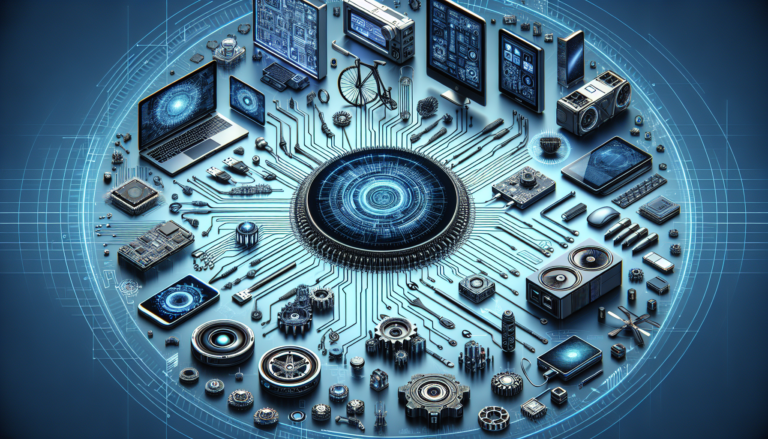Understanding the science behind the machines
Robotics is a fascinating branch of technology that combines various fields of knowledge to create machines capable of performing tasks autonomously or semi-autonomously. In this article, we’ll explore the foundations of robotics, understand the basic principles that allow robots to operate, and consider the impact of these technologies in our daily lives.
Definition and history of robotics
The term robotics refers to the study, design and application of robots. Although the idea of robots may seem modern, it dates back to automatons created in ancient civilizations. The word robot itself comes from the Czech robota, meaning forced labor, and was popularized by Karel Čapek’s play “R.U.R.” in 1920. Robotics has developed significantly since then, and today it integrates knowledge of mechanics, electronics, computer science, and artificial intelligence (AI).
The basic components of a robot
A robot is generally made up of three fundamental elements:
- The mechanical body: Physical structure that determines the shape and movement capabilities of the robot.
- Sensor systems: Eyes and ears of the robot which allow it to perceive its environment.
- The electronic brain: A control system, often based on a microprocessor or AI, that processes sensory data and makes decisions.
Mechatronics and robotics
There mechatronics is a key area for robotics because it combines mechanics, electronics, computer control and systems to create intelligent devices. It allows a robot to perform complex tasks precisely and reliably.
Artificial Intelligence in Robotics
L’artificial intelligence is essential in the creation of sophisticated robots. It allows robots to learn from their mistakes, adapt to new situations and perform tasks without human intervention. AI can be based on predefined rules or machine learning and neural network algorithms.
Robotics applications
Robots are now integrated into many aspects of modern life, including:
- Industry and manufacturing
- Health services and surgery
- Space exploration
- Customer service and logistics
- Smart agriculture
Robotics continues to evolve and offer innovative solutions for the complex challenges facing humanity.
Robot design and manufacturing
Now let’s dive into the fascinating world of design and manufacturing of robots, exploring the detailed process as well as technical challenges often encountered by robotics engineers and researchers.

Robot design process
Robot design is a complex process that takes place in several, often iterative, stages, which include:
- Definition of objectives and desired functionalities
- Development of detailed specifications
- Preliminary design and 3D modeling
- Performance simulation and optimization
- Choice of materials and components
- Rapid prototyping and functional testing
- Design iterations and improvements
Manufacturing and assembly
Once the design is validated, the manufacturing phase begins. This may include:
- Precision machining or 3D printing of parts
- Printed circuit and on-board electronics
- Mechanical assembly and systems integration
- Installation of sensors and actuators
- Artificial intelligence and controller programming
- Functional tests and quality control
Technical challenges in robotics design
The technical challenges in the field of robotics are as diverse as the applications of robots. Among the most significant are:
- The integration of artificial intelligence and the processing of enormous amounts of data (Big Data)
- Miniaturization of components while maintaining or increasing performance
- Management of energy autonomy and battery life
- Robustness and reliability in harsh or dangerous environments
- Compliance with current safety standards and regulations
- Interoperability and standardization of components and systems
- The cost and efficiency of production at scale







